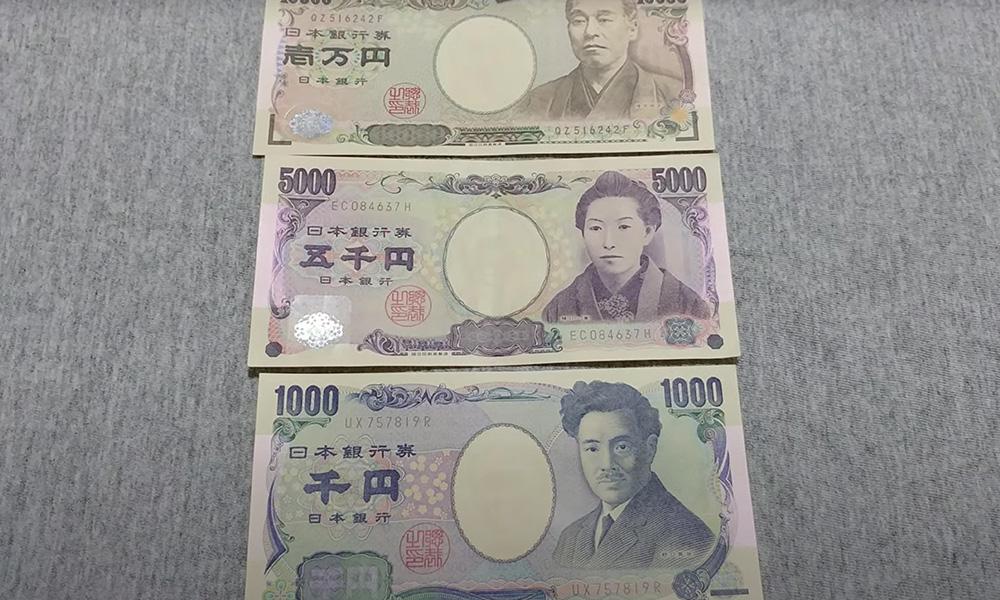Breaking through 153.50 again! Fed's hawkish rate cut versus BOJ's inaction – is the US-Japan carry trade reviving?
2025-10-30 17:58:00

Under this combination of "nominal easing and hawkish communication," the marginal support for the US dollar in both the interest rate and foreign exchange markets has been strengthened. Meanwhile, the Bank of Japan's decision to keep interest rates unchanged and its cautious forward guidance have allowed the interest rate differential between the US dollar and the Japanese yen and the logic of policy divergence to continue to dominate the market.
Macro level
The core variable currently influencing foreign exchange remains the misalignment of the "inflation-growth-policy" triangle among different economies. On the one hand, the Federal Reserve slightly lowered policy rates under the guise of risk management and set a timeframe for the end of quantitative tightening. On the other hand, it explicitly stated in its press conference that whether to continue cutting rates in December depends on subsequent data performance, especially inflation stickiness and marginal changes in the labor market. The resulting market reaction was not a one-dimensional "further easing," but rather a slight upward revision of the already aggressive rate-cutting path: the subjective probability of another rate cut in December fell from nearly "100% certainty" to about "70%," and the pricing of the cumulative easing points over the next two years also converged. In short, funds did not re-embrace high-beta assets, but were more willing to pay a premium for short-term interest rates, which has driven the recent "bearishly flattened" characteristic of the US Treasury yield curve.
For USD/JPY, the transmission chain of these changes follows a clear financial logic. First, the resilience of short-term dollar interest rates strengthens the nominal interest rate differential advantage with the yen. Second, if the balance sheet reduction is completed within the year, the uncertainty of financial conditions will decrease, and the liquidity discount of dollar assets will decline, helping to maintain the relative attractiveness of the dollar. Third, although some traders are concerned about the potential risk of a government shutdown, in the absence of high-frequency macroeconomic data interference, interest rate communication itself becomes the "anchor" that dominates foreign exchange pricing. In contrast, the Bank of Japan's decision to keep interest rates unchanged, despite two dissenting votes from committee members supporting an increase to 0.75%, indicating internal disagreement on the pace of "normalization," still saw the governor emphasize after the meeting that "there is no pre-set timetable for the next rate hike" and that subsequent judgments will be linked to the return of prices and output to the predicted path. This cautious forward guidance has led the market to lower its pricing of a December rate hike probability to about one-quarter, further weakening policy support for the yen.
Furthermore, the correlation between wages and prices in Japan remains a key variable in the Bank of Japan's policy equation. The market generally believes that to verify the sustainability of a double-dip inflation shock, more representative evidence of wage negotiation results and stickiness in service sector prices is needed. Until sufficient evidence is available, policymakers remain hesitant to raise terminal interest rates too early. Meanwhile, the new prime minister's fiscal strategy is interpreted as favoring counter-cyclical expansionary tools to support domestic demand, which marginally reduces the urgency for the Bank of Japan to proactively tighten monetary policy to offset fiscal stimulus. The combination of fiscal and monetary policy is relatively moderate, coupled with the possibility that short-term dollar interest rates overseas will remain "higher than expected," making carry trades on the USD/JPY exchange rate sticky.
Technical aspects
The 30-minute chart shows that USD/JPY broke upwards after oscillating within a range of 151.53-152.36, reaching a high of 153.884, and is currently at 153.672. The 153.00 level has turned from resistance to support, and the pair quickly recovered after a pullback to 153.00, indicating that it is in the upward phase after the breakout.

The MACD is above the zero line and continues its golden cross, with the red bars expanding, indicating strong momentum. The RSI is around 68, entering a high level but not yet forming a clear bearish divergence, suggesting potential high-level consolidation and a need for short-term adjustment. If it can consolidate sideways around 153.70, the upward momentum is likely to remain; however, if it falls back below 153.00, it indicates weakening breakout momentum, and the effectiveness of the support levels at 152.29/151.53 needs to be observed. The overall trend is strong consolidation, but short-term volatility may increase.
Looking ahead
Traders may continue to focus on several key clues. First, whether consecutive speeches from Federal Reserve officials can further correct market perceptions of a December rate cut probability. If the "70%" probability is still considered high, short-term dollar interest rates may rise again, indirectly strengthening the upside for USD/JPY. Second, marginal changes in employment and inflation, especially wage growth and service sector inflation, could intensify discussions about a "neutral interest rate potentially closer to 4%" if they show signs of a resurgence. Third, if wage negotiations, service price stickiness, and energy cost transmission in Japan fail to provide the Bank of Japan with stronger evidence of sustained inflation, the policy wait-and-see period may be prolonged. Meanwhile, the psychological barrier of 155 and option barriers remain significant, and any news related to policy or liquidity could amplify short-term volatility.
In summary, the current price range of USD/JPY corresponds to its structural background: there is a "soft top" above that is sensitive to policy and public opinion, and a "flexible bottom" below that is formed by interest rate differentials and improved liquidity.
- Risk Warning and Disclaimer
- The market involves risk, and trading may not be suitable for all investors. This article is for reference only and does not constitute personal investment advice, nor does it take into account certain users’ specific investment objectives, financial situation, or other needs. Any investment decisions made based on this information are at your own risk.





















